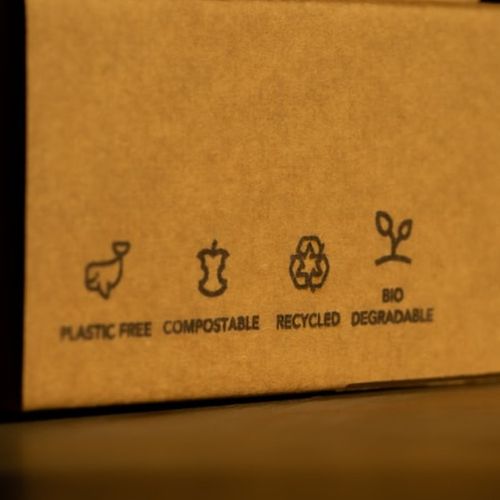Greenwashing and How to Spot It
Aug 07, 2022 · 2 mins read
0
Share

The term 'greenwashing' has been hitting the headlines lately as savvy consumers turn their focus towards a company’s environmental record to guide their buying choices. Big business finally being held accountable for their impact is making corporations understandably nervous.
Save
Share
Officially entered into the dictionary in 1999, greenwashing refers to the practise of presenting the appearance of being environmentally friendly in order to improve one’s company image, to obfuscate the real truth or to advance against the current competition.
Save
Share
One of the earliest cases of greenwashing, seen in the 1960s, involved hotel chains asking guests to reuse towels, in a so-called environmental bid to cut down on water consumption and help conserve the resource. In truth, the action saved the chain millions in laundry fees.
Save
Share
Part of the problem is the marketing jargon, and words like ‘eco-friendly’, ‘sustainable’ and ‘compostable’ whose definitions vary across jurisdictions and industries. There is no real consensus as to the exact meaning or the precise application of these advertising slogans.
Save
Share
Sometimes the truth is buried far beneath the surface. A vegan product in recycled cardboard and produced by an ethical company seems great but do a little digging and you may find that company is owned by one of the Big Four, the massive meat conglomerates who run the market.
Save
Share
4 ways to spot greenwashing:
Overview: Dig a little, read the companies mission statement to confirm their views align with yours. Check out the dedicated environmental sections on their websites if they have one, read policies, environmental impact statements and reports.
Save
Share
Research: Ask around about the company. Google their history to evaluate how environmentally friendly they actually are, behind the advertising. Activists have devised useful diagrams to figure out corporate ownership of individual brands, download and keep these on hand.
Save
Share
Accreditations: Examine the certificates and trademarks a brand or company carries. Look for well-known marks like Fairtrade but beware bogus self-awarded credentials!
Ask: Get in touch with the company and ask for clarification if the jargon has you questioning their motives.
Save
Share
Making the right choices for your family and the environment can seem daunting, especially with multinational companies investing millions of dollars to apply 'green sheen' to their image. True company sustainability requires transparency and accountability every step of the way.
Save
Share
Whether shopping for clothes, groceries, or switching service providers, consider a company's carbon footprint and the sneaky techniques they might use to hide it.
Greenwashing is big business so look past the jargon to find the truth and an actual record of sustainability!
Save
Share
0